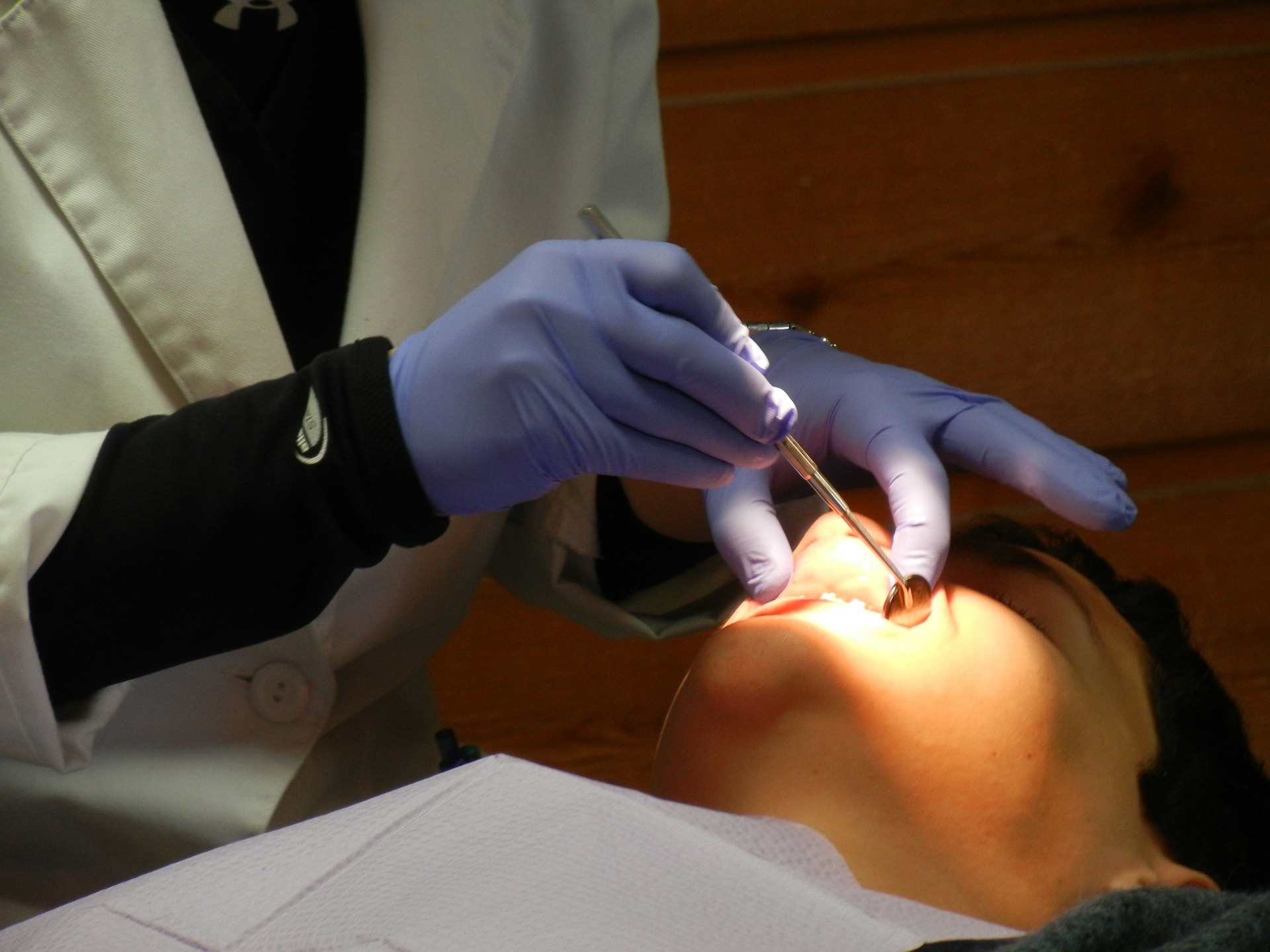ccording to The American Physical Therapy Association (APTA), approximately one-third of the population experiences neck pain yearly in America. The neck is an integral part of our daily activities, and if you suffer from chronic neck pain, these activities will become highly challenging. If you avoid your continuous neck pain, it may lead to some severe conditions, or it may lead to surgical correction.
Physical therapy is the best method to treat your neck pain. At neck pain relief, our physical therapists are highly trained to find the root cause of your pain and provide neck pain relief.
You might wonder what physical therapy is and how you know if you need it! This blog will provide you with information about it, along with types of physical therapy.
What Is Physical Therapy?
Physical therapy is the science of combining physiology, exercise and applying their principles to repair the body after injury. There are mainly two types of physical therapies – active and passive.
Physical therapy for neck pain focuses on the supporting structures of the spine and its joints, such as the muscles, tendons, and ligaments. It is a branch of rehabilitative health that uses special equipment and specially designed exercises to improve a patient’s physical performance.
When Do You Need Physical Therapy?
Deciding when to seek physical therapy doesn’t have to be difficult. You should probably see a physical therapist if the pain doesn’t disappear. Additionally, if you find it challenging to manage your daily routine, consider starting a physical therapy plan. A new diagnosis of a chronic condition like diabetes is also an excellent time to see a physical therapist.
A physical therapist will assess your needs to avoid possible injuries and pain. The treatment will advise you to make lifestyle changes based on your diagnosis. Those seeking pain management can also benefit from physical therapy. A physical therapist can help control pain and get you off pain medication if needed.
Types Of Passive Physical Therapy
Passive therapy works without physical movement. Passive treatment is usually used immediately before active physical therapy. Passive modalities include:
Heat and Cold
Heat packs increase blood circulation and relieve neck stiffness. Ice packs can reduce pain, swelling, and inflammation. A physical therapist may recommend that you alternate between the two methods during your treatment, depending on the specific condition.
Massage
Massaging the back of the head, neck, upper shoulders, and back can provide you with neck pain relief and ease your stiffness. Massage is an excellent pre-workout method because it relaxes muscles and makes it easier for your neck to turn in either direction.
Electrotherapy
A mild electrical current is delivered through a wire attached locally to the painful part of the neck. These signals stimulate muscle responses and help the skin absorb pain relief creams.
A TENS (Transcutaneous Electrical Nerve Stimulation) machine sends electrical impulses to sensory nerves under the skin. It interrupts and alters the pain signal so the brain receives a more comforting warmth instead of emitting pain.
Ultrasound
Using a handheld device to send high-energy sound waves deep into the neck tissue can also relieve pain and relax muscles. Your doctor will rub a cool gel on your neck and then keep a device over your skin. You may feel relaxed and warm.
Types Of Active Physical Therapy
When choosing neck pain relief, the main focus is to strengthen the neck muscles. Active exercises tone your neck and surrounding muscles, support them, and increase flexibility.
Chin Tuck
Keep your face straight, gaze straight ahead, and pull your chin back toward your neck. You will feel a slight pull on the back of your neck. A chin lift gently stretches the neck muscles, restores neck mobility, and relieves pain associated with tension and stiffness.
Neck Roll
Rolling your neck along your spine relaxes the entire circumference of your neck, allowing for smooth, pain-free movement. Physical therapists can safely move the head forward to look down, to the side, back to look at the ceiling, and slowly move the other side before returning to the normal upright position.
Head Tilt and Turn
For this neck exercise, tilt your head so that one ear is closer to your shoulder, slowly return to an upright position, then tilt in the opposite direction. Your physical therapist may also ask you to slowly turn your head as far away as possible to look left, hold for a few seconds, then turn the other way and look right.
Conclusion
Qualified physical therapists can help treat acute neck pain. They use sophisticated diagnostic methods to determine which service will benefit you the most. Their personalized treatment plan leads to the successful recovery of your neck pain and prevents future injuries.





